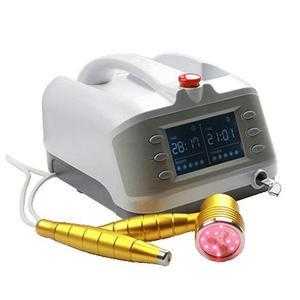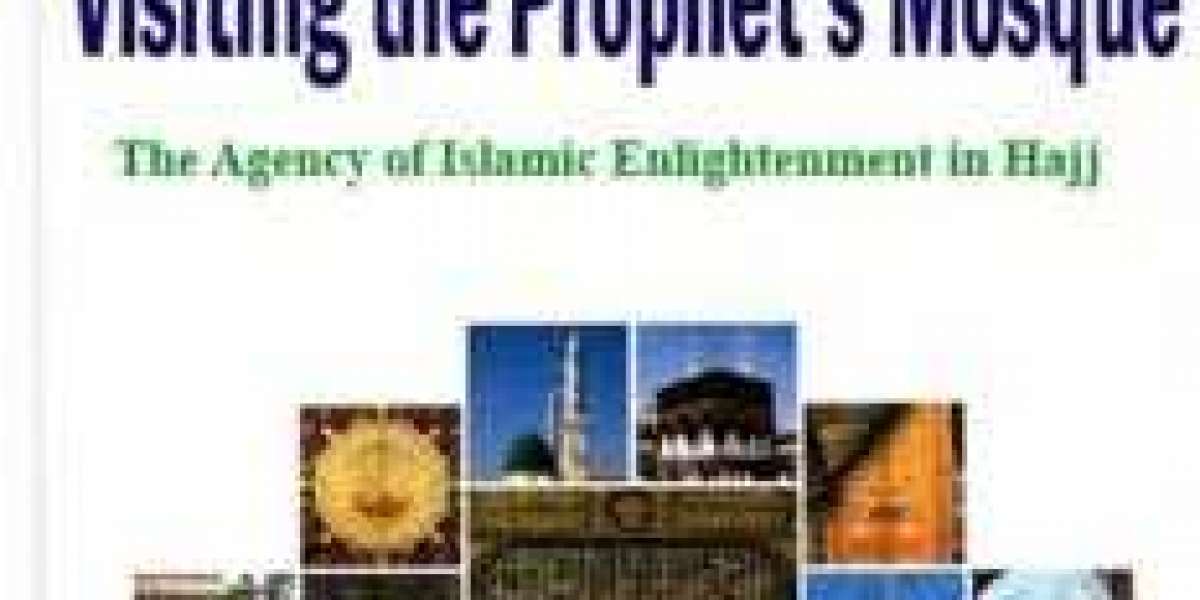Also known as low level laser therapy or LLLT, cold laser therapy is an alternative, non-surgical method of treatment that has been in existence since the late 1960s. It was utilized in Europe and Asia before the FDA finally cleared the first cold laser in the United States in 2001. Ever since there have been hundreds of clinical studies used to support the efficacy of cold laser therapy for knee pain relief. Great options for those searching for alternatives to conventional methods that may have failed in the past.

Which Types Of Knee Conditions Does Cold Laser Therapy Help Relieve?
Cold laser is a non-surgical treatment tool used by a licensed physician to aid in relieving knee pain, which can be a result of a knee injury, baker's cysts, arthritics knee pain, and many more. People who suffer from chronic pain benefit a lot from these treatments. This form of low level laser therapy is unique in that it allows patients to experience knee pain relief without any type of surgery, medications, or knee injections. As compared to pain medication and knee injections, cold laser therapy treatments are non-invasive. Hence have no side effects and are completely painless.
Other Conditions Treated With Laser Therap?
This form of treatment can be used by physicians form treating a myriad of other musculoskeletal conditions. This form of therapy had been proven to be more effective for neck pain, shoulder pain, carpal, and tunnel syndrome, and back pain. More research is being done on the possibilities of cold laser being used for healing broken bones and help generate the nerves and new skin in burn victims.
How Does The Treatment Work?
The low level laser therapy works by using highly focused, specific wavelengths of light to the targeted area of injury. The light then penetrates deep into the tissue in the form of light photons. The light then helps stimulate and excite the mitochondria of the damaged cell. The mitochondria increase metabolic rate in the cell, which in turn improves the healing and repairing of the tissues. Other than healing and repair, the healing process has also increased. Due to cellular excitation, lasers accelerate lymphatic activity, which helps reduced edema and swelling around the knee joint. The therapy also helps increase blood flow.
Number Of Knee Treatments Required To Experience Relief?
This number is highly dependent on the duration and severity of the pain. This means an examination, an x-ray, or MRI evaluation of the knee joint must be performed and taken into consideration. This will help in coming up with the treatment plan. The best part is that the effects are cumulative and improve with each treatment. Generally, it usually takes a series of 10 to 30 treatments for knee pain sufferers to get the best results. It is also essential to continue with the procedure until the doctor says the therapy is complete.
Contraindications Of Therapy
FDA is considered a cold laser, but the treatment is not appropriate for people who are pregnant or those with potentially cancerous near the site of the knee injury. The medication is also not suitable for individuals who photosensitive.
The Most Crucial Step In Choosing The Right Knee Pain Relief Doctor
Finding the best doctor for this form of treatment is the best way forward. Any health care with a license can own a low level laser therapy. However, to get the best results, look for a doctor who is mainly focused on the knee joints. If you find the best, you have a higher chance of achieving knee pain relief.








